When it comes to filling up your vehicle at the gas station‚ many drivers may not think twice about leaving their engines running. However‚ this seemingly innocuous habit can pose significant risks‚ not only to your vehicle but also to your safety and the safety of others. In this article‚ we will explore the potential dangers associated with pumping gas while your car engine is still running and why it is essential to turn off your engine before refueling.
- 1. Fire Hazard
- 2. Health Risks from Fumes
- 3. Environmental Impact
- 4. Legal Regulations
- 5. Damage to Your Vehicle
- 6. Best Practices for Safe Refueling
- Turn Off the Engine
- Stay Inside Your Vehicle
- Mind Your Clothing and Accessories
- Use the Pump Properly
- Be Aware of Your Surroundings
- Understanding the Importance of Safety Regulations at Gas Stations
- Regulatory Bodies and Standards
- Emergency Protocols
- Community Responsibility: Setting an Example
1. Fire Hazard
One of the most pressing risks of refueling with the engine running is the potential for a fire. Gasoline is highly flammable‚ and the fumes emitted can ignite easily. According to the National Fire Protection Association (NFPA)‚ static electricity‚ sparks‚ and even the heat generated by an engine can lead to a fire when gasoline vapors are present. By turning off your engine‚ you significantly reduce the risk of creating any source of ignition.
2. Health Risks from Fumes
Another reason to turn off your engine is to protect your health. Running engines produce exhaust fumes that contain harmful gases‚ including carbon monoxide and nitrogen oxides. These gases can pose serious health risks‚ particularly when inhaled in enclosed spaces like gas station canopies. By refueling with your engine off‚ you minimize your exposure to these harmful substances.
3. Environmental Impact
Leaving your engine running while pumping gas also has negative environmental implications. A running engine emits pollutants that contribute to air quality degradation. By turning off your engine‚ you are not only adhering to safety protocols but also doing your part to reduce your carbon footprint and protect the environment.
4. Legal Regulations
In several states and regions‚ it is actually against the law to pump gas with your car engine running. These regulations are put in place to ensure public safety and to mitigate the risks of fires and explosions at fuel stations. Violating these laws can result in fines and penalties‚ making it even more crucial to turn off your engine while refueling.
5. Damage to Your Vehicle
Leaving your engine running can also lead to potential damage to your vehicle. For example‚ the fuel system of modern vehicles is designed to work optimally when the engine is off during refueling. If your engine is running‚ it could cause issues with fuel vapor recovery systems‚ leading to costly repairs or reduced efficiency. Additionally‚ if your car is equipped with a catalytic converter‚ running the engine while refueling can cause it to overheat‚ leading to further complications.
6. Best Practices for Safe Refueling
Now that we’ve outlined the risks associated with pumping gas while your engine is running‚ let’s delve into some best practices for ensuring a safer refueling experience. By following these simple steps‚ you can minimize risks and promote safety for yourself and others at the gas station.
Turn Off the Engine
As mentioned‚ the first and most critical step is to turn off your vehicle’s engine before you begin refueling. This action not only eliminates potential fire hazards but also reduces exposure to harmful exhaust fumes. Make it a habit—turning off the engine should be as automatic as unbuckling your seatbelt when you exit the car.
Stay Inside Your Vehicle
If you are waiting for your gas to pump‚ it’s advisable to remain inside your vehicle. This is particularly true during inclement weather or extreme temperatures. However‚ if you need to exit the vehicle‚ ensure the engine remains off and avoid using your phone or other electronic devices that may create static electricity.
Mind Your Clothing and Accessories
Be mindful of what you wear when visiting a gas station. Loose clothing can get caught in machinery‚ while synthetic fabrics can generate static electricity. Opt for natural fibers when possible‚ and avoid wearing accessories that may cause static discharge‚ such as woolen hats or scarves.
Use the Pump Properly
Ensure you are familiar with how to operate the gas pump. Follow the instructions carefully‚ and never attempt to manually assist the pump. If you encounter any issues‚ alert the gas station staff rather than trying to fix it yourself. Additionally‚ avoid overfilling your tank‚ as this can lead to gasoline spills and harmful vapors.
Be Aware of Your Surroundings
Finally‚ always stay alert while at the gas station. Be conscious of other customers‚ employees‚ and any unusual activities. If you notice anything suspicious‚ report it to the staff or authorities immediately. Being vigilant not only ensures your safety but also contributes to a secure environment for everyone.
In an era where safety should be our utmost priority‚ understanding the risks associated with pumping gas while your car engine is running is essential. By taking proactive measures and adhering to best practices‚ you can significantly mitigate these risks. Remember‚ a few simple actions can make a world of difference. Next time you pull into a gas station‚ commit to safety—turn off your engine and refuel responsibly. Your actions not only protect you but also contribute to the well-being of the community and the environment.
Understanding the Importance of Safety Regulations at Gas Stations
In addition to the personal responsibility of turning off your engine while refueling‚ it’s essential to recognize the broader framework of safety regulations that govern gas stations. These guidelines are not arbitrary; they are meticulously crafted to mitigate the risks associated with handling flammable materials. Understanding these regulations can provide insight into why they are enforced and how they contribute to public safety.
Regulatory Bodies and Standards
Various organizations‚ including the Occupational Safety and Health Administration (OSHA) and the Environmental Protection Agency (EPA)‚ set forth regulations that gas stations must adhere to. These laws cover everything from the storage of fuel to the safety measures required for fueling operations. Training for gas station employees typically includes extensive information on these regulations‚ ensuring that staff is equipped to handle emergencies effectively and maintain a safe environment for customers.
Emergency Protocols
Gas stations are also required to have emergency protocols in place‚ including fire extinguishers‚ spill kits‚ and clear signage indicating the steps to take in case of an emergency. Familiarizing yourself with these protocols while at a gas station can be beneficial. In the event of a fire or spill‚ knowing the nearest exit or how to use a fire extinguisher could save lives.
Community Responsibility: Setting an Example
Safety at the pump isn’t just an individual concern; it’s a community responsibility. By turning off your engine and following safety protocols‚ you are setting a positive example for others. This simple act can influence fellow drivers‚ reminding them of the importance of safety practices. Communities thrive on collective consciousness‚ and fostering a culture of safety can lead to fewer incidents and a more secure environment for everyone.
As we move forward‚ it’s imperative to cultivate a culture of safety that permeates every aspect of our lives—including something as routine as filling up our gas tanks. The next time you pull into a gas station‚ remember: safety starts with you. Turn off that engine‚ breathe easy‚ and fuel up with peace of mind.

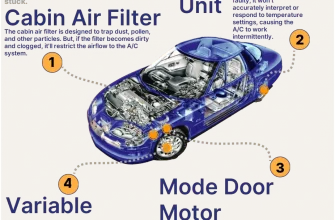
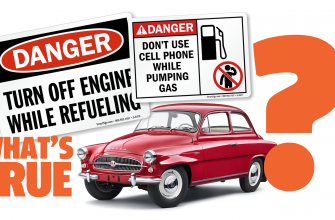
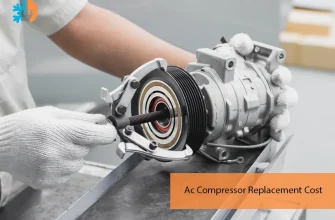

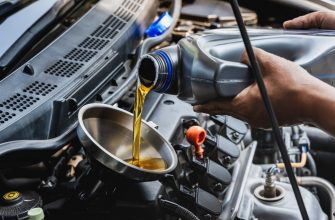
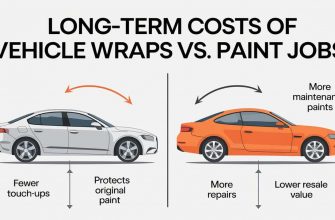
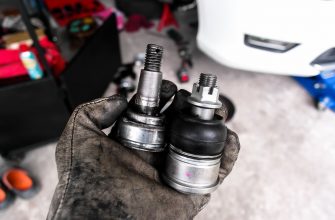
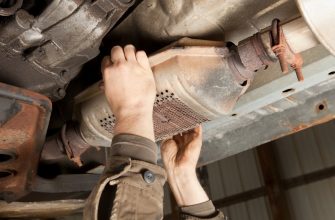
Excellent insights on fire hazards and health risks. This should be common knowledge for every driver!
I learned so much from this piece! It’s crucial to be aware of legal regulations as well. Great job on highlighting these points.
Very well written and informative! I will definitely be turning off my engine from now on when refueling.
Such an eye-opener! I had no idea that leaving my engine running could harm the environment too. Thanks for sharing!
Fantastic article! The environmental impact section really resonated with me. We all need to do our part.
This article is a great reminder of the importance of safety at the gas station. I never thought about the fire hazards before!
This article is a must-read for all drivers. Safety first, always! Turning off the engine should be a habit.
I appreciate the clear explanation of health risks associated with running engines while refueling. Very informative!